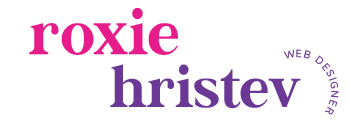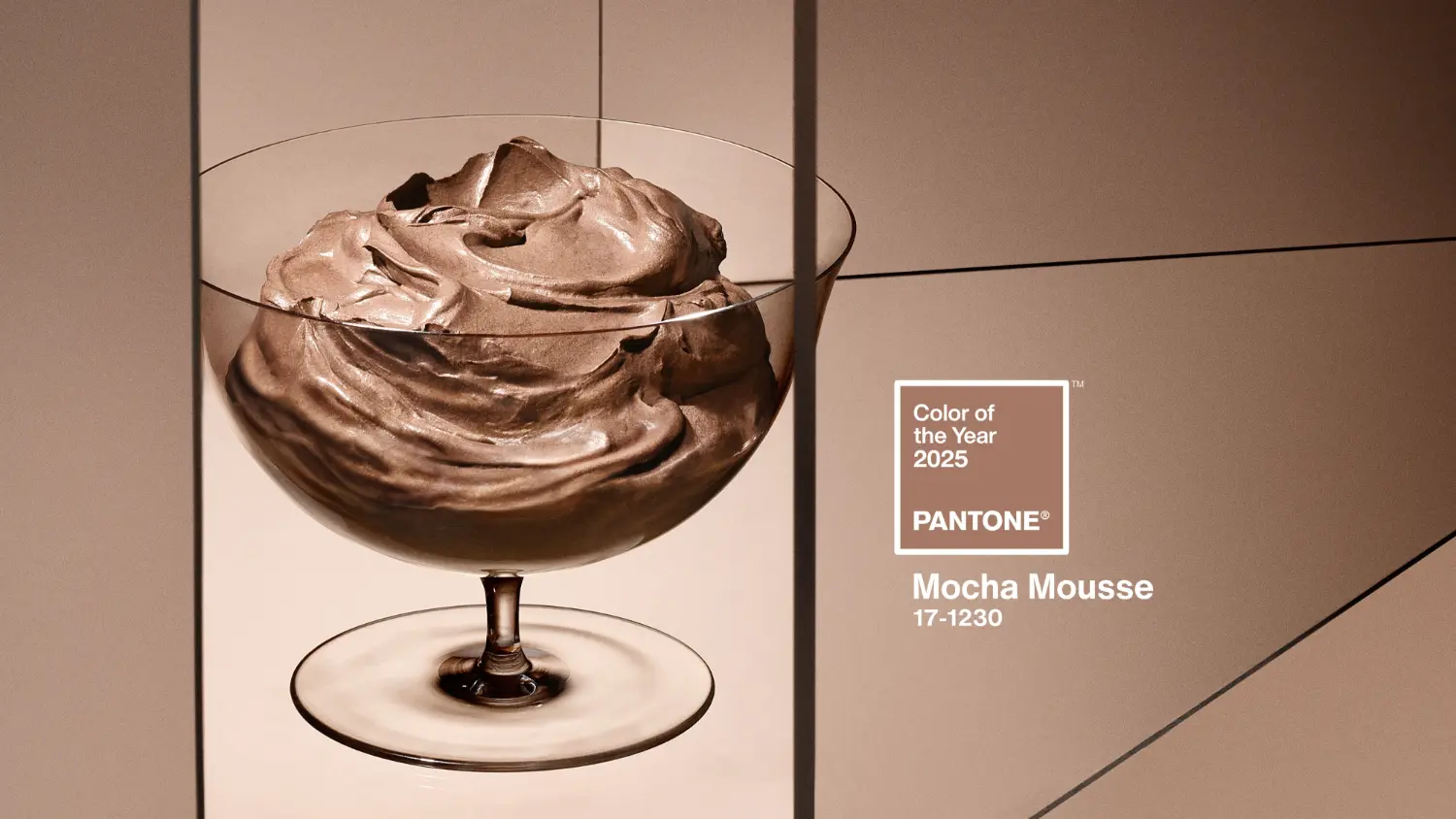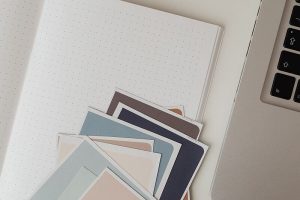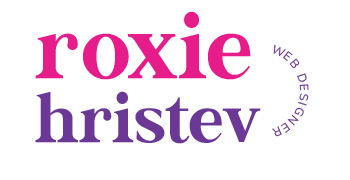Logo variations can help you stand out in the market. They can also help you connect with your potential clients.
As a therapist or coach, you need to have a few logo variations too. This is because you are likely to use your logo in different ways. For example, you may use your logo to promote your business on different mediums. Or you may use it on social media to connect with other people. In this article, I’ll discuss the different logo variations for a therapist or coach and provide tips on how to create more brand logo variations.
Why do you need a logo in the first place?
A logo is an essential part of any business, even for a therapist or a coach, and it’s important to have one that accurately represents your business. You use your logo to identify your business, not to explain it.
A logo should be simple, modern, recognizable, and relatable.
When designing your logo, it’s important to keep these principles in mind:
- First and foremost, the logo should be simple. Too many design elements can make a logo look cluttered and unprofessional.
- Second, the logo should be modern. The world is quickly changing, and your business needs to reflect that change.
- Third, the logo should be recognizable. You don’t want people to have to search for your business name or website address when they see your logo.
- Fourth, the logo should be relatable. Make sure your designs are true-to-life and target a specific audience.
Are you a therapist or coach who doesn’t have the time to create your own logo?
I’ve got you covered!
These logo templates are budget-friendly, easy to use, and great for any therapy or coaching business looking for a clean, modern, and professional logo. And they’re completely easy to edit in Canva!
What are logo variations?
A brand identity is not just one logo. There are many different variations of logos that can be used to represent your business. I’ll explain why you should have them, and how you can use them to create a cohesive brand identity.
A logo variation is a type of graphic design that uses a different logo for different media. For example, a business might use a standard logo on their website, but use a different logo layout for print advertising, social media, and even in-store signage.
Logo variations are simply alternate versions of your primary logo.
Another way I like to think and use as an example with my clients is that logo variations are like coffee. You have your base, a black coffee as a starting point and you add milk (or other stuff!) and adjust it to your taste. The same is with your primary logo and the other logo variations, you adjust them to the space you want to use them.
They are designed to be flexible, so you can easily adapt them to fit the space available – no squeezing or stretching required. This ensures your branding is consistent across all design materials and online platforms.
Logo variations are a great way to keep your brand looking fresh and new. Each one has a unique style that can be used for different purposes.
Why logo variations are important
A logo is a visual representation of your business and its services or products. It’s an essential part of your marketing strategy, and it should be designed with several different variations in mind. A well-designed logo can help you attract new clients, boost brand awareness, and build trust.
When designing a logo, it’s important to consider the different variations that will be necessary for printing, web, and other mediums. A well-designed logo can be replicated in many different ways, but making sure to specify the exact variation needed for each application can save time and hassle down the road.
Multiple logo variations are a common part of many businesses’ visual brand identities. For example, your primary logo can be used for print and digital applications, while the other three logo variants can be used to create versatility and cohesion across different touchpoints.
If you think about it, people need different outfits for different occasions. In the same way, your logo needs to adapt to the occasion (media) you’re using it on. Having logo variations for your primary logo helps with that. Think of all the places you can use your logo. For example, you can put your logo on your website, business cards, social media posts and banners, presentations, different office stationery, etc.
As you can see, each of the examples above is unique. They differ in shape, size, color and texture, functionality, and objective. One logo version will never look or fit well on all of these. As a result, logos require variation. There is the primary logo and a set group of logo variations that enhance it. When the primary logo is too elaborate or large for a given space or scenario, one of the variations is used. For many social media accounts, for example, not all logos match the inside of the circle; therefore, a modification that conforms to a circle is essential.
Different logos can be used on different objects because they all serve different purposes. For example, the primary logo on a business card might be different than the logo on the website. The primary logo might be smaller on the business card, while the website logo might be bigger.
How many logo variations do you need?
Logos can be customized to fit the needs of any business. For example, some businesses have four logo variations, while others may have only a few. The number is based on the type of business and the location of the logos. Plus, businesses can also have logos that feature different colors and fonts to fit their branding style.
The four most common logo variations can help create a cohesive visual brand identity. These include the primary logo, the secondary logo, the submark logo, and the favicon.
Primary Logo
A primary logo should be simple, memorable, and representative of your brand. All other logo variations should be designed to complement this primary logo and help represent your business.
Your primary logo is your most definitive and complex design. It is frequently a mixture of text (your business name) and a unique drawing or icon. It could also include a tagline and the year of founding. Primary logos are usually well structured horizontally and vertically, making them ideal for use on the back of business cards, website designs, or other marketing materials.
Your primary logo should be used liberally and sparingly. Use it where space allows for its intricate designs and avoid confining it to areas with limited breathing room.
Where to place it: On your desktop’s website header, large printed pieces, brochures, and signage.

Secondary Logo
The secondary logo (or the alternate logo) should be simple. It shouldn’t be too busy or crowded, and it should be easy to read. One of the most important factors when designing a secondary logo is to make it easy to understand. This means keeping the design simple and avoiding any extra elements. You also want to make sure that the logo can be recognized easily, no matter how small the size or how fancy the font is.
If you feel that you need a logo version that’s more compact and tidy, the secondary logo is what you need. It’s narrower and shorter, so it works well in limited spaces or when you want to keep your branding looking sleek and simple.
In some cases, a horizontal logo might be just a simple typographic logo with the name of the brand. There may be no other elements present.
Where to place it: Mobile website header, business cards, watermark on photos, invoices.

Submark logo
Submarks are a great way to keep your brand identity concise and easy to remember. They typically contain the brand’s icon or initials, but exceptions exist. Whether circular or square in shape, submarks are a great way to help your customers easily identify and connect with your brand.
Where to place it: Social media profiles and posts, website footer, small print pieces, stickers.
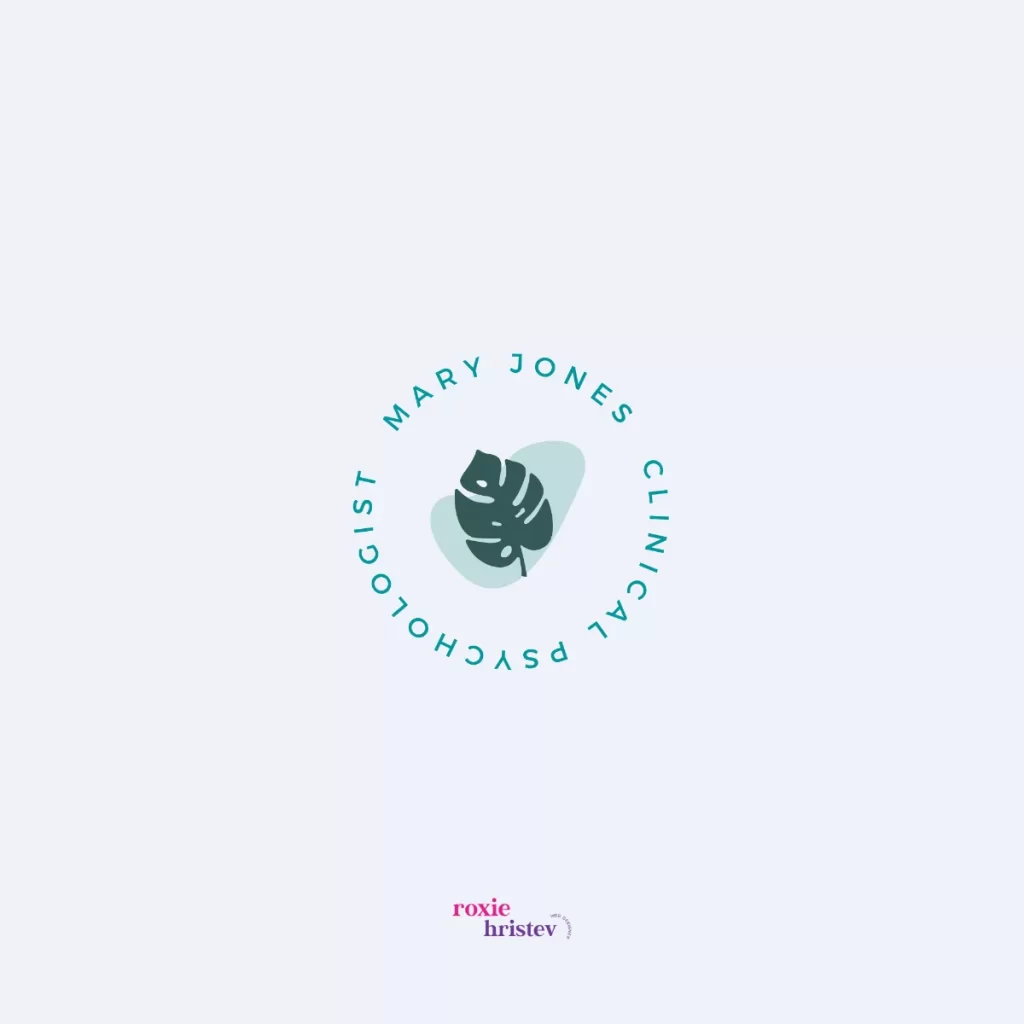
The Favicon
The favicon is the little icon that you find in the browser tab next to your website’s title. It’s usually created just using the primary logo icon, so if your logo set doesn’t include an icon, you may use the brand name initials instead. This can help create a recognizable and memorable link between you and your visitors.
Where to place it: Your website’s URL tab.
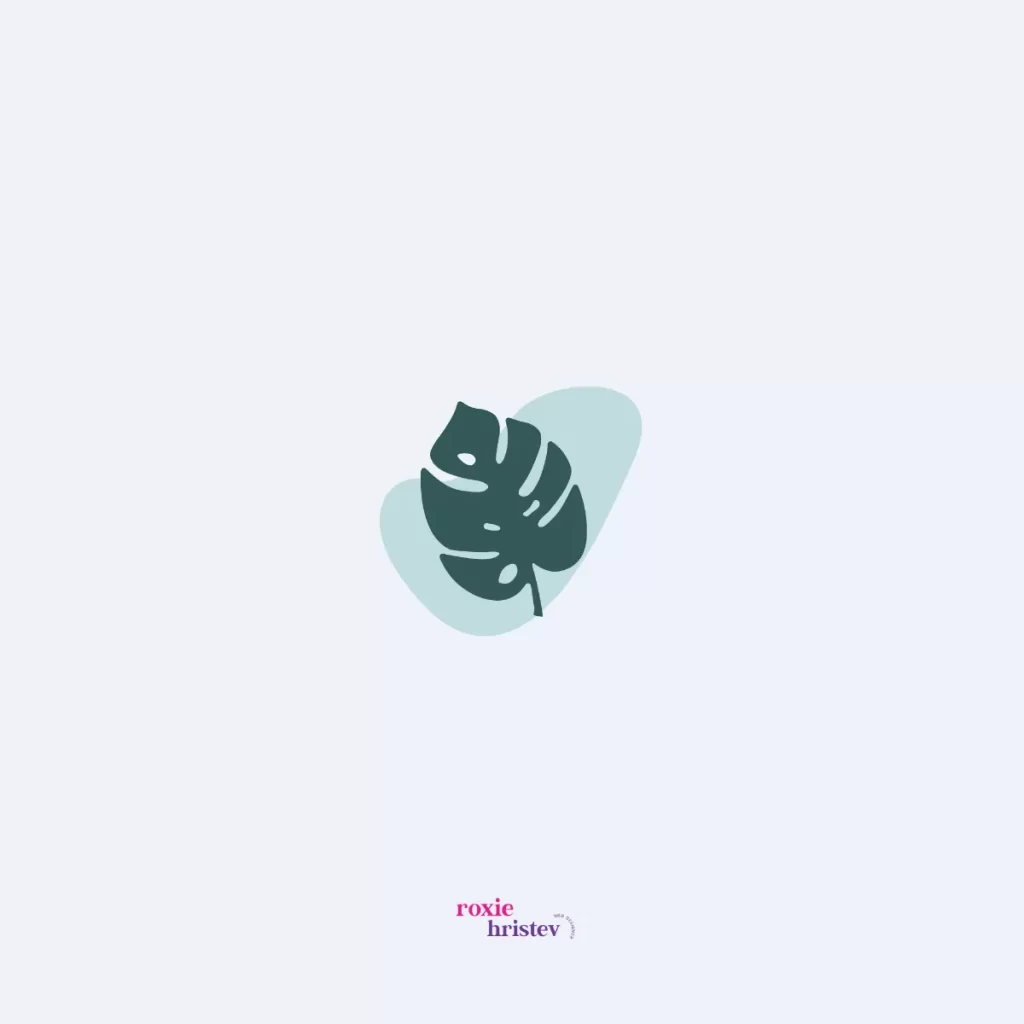
How to make logo variations?
Logo design is a complex process that can be greatly simplified with the help of a logo creation software. There are many different types of software available, so it’s important to find one that will allow you to create variations of your logo quickly and easily.
If you decide to create your logo with the help of a graphic designer, then the logo variations should be included in their offer. If you need additional logo variations for special marketing media, you should mention this to your graphic designer when he’s developing your logo assets. Usually, for logo design, a graphic designer uses a software program like Adobe Illustrator or Adobe Photoshop. This helps you create the logo in a vector format, which can be scaled to any size.
If you DIYed your primary logo using a free program like Canva and you want to make changes to your current logo, then it’s easy. Use the examples from the above and get inspired on how you should combine your logo elements for the four logo variations.
If you don’t have a primary logo yet, you don’t know where to start and you don’t have a big budget to invest in it, for now, creating a logo isn’t as difficult as you might think. You can use the Canva logo templates I’ve created for therapists and coaches and start from there. With a few tips and tricks, it can be a fun and creative way to reflect your personality and brand personality on your business marketing materials.
Final thoughts on logo variations
To ensure that your branding looks its best, it’s important to have multiple color variations of your logo. For different situations, you may need a black and white version or a full-color version. This way, you can make sure that your branding is versatile and consistent across all mediums.
With so many different settings and opportunities available to a brand, it’s important to have up to four logo variations handy. This way, you can present your business in the best possible light in any situation – whether it be through print materials or digital platforms.
As your business grows, it’s important to keep up with the latest trends and changes in logo design. There are many different variations of logos that can work well for different businesses, so be sure to test out a few different options before settling on a final design. A great logo can help your business stand out from the competition.
